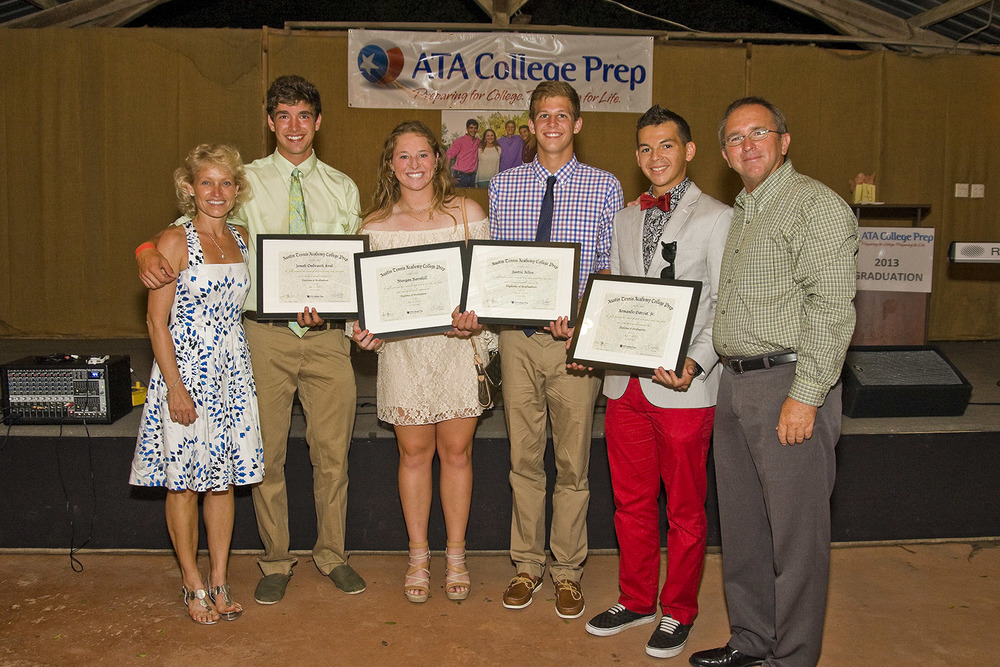Silence is KEY… on Focusing
As most of you know, CP begins the day with a reflective reading or a moment of silence. And Academy practices begins with ALPHA – a silent moment of visualization and focus. Why do we do this? Because this meditative technique engages the mind-body and precedes true learning.
This youtube video on Mind Science by Dan Rather describes the effects of meditation on the mind.
http://www.youtube.com/watchv=FkXtz72hjDI&feature=player_embedded#
Silence is Key for Learning
Meditation is an age-old tradition practiced by Tibetan monks
(among many others) that affords us the ability to relax and enter a state of
conscious awareness and being. This practice can be used to calm, alter, and
redirect certain behaviors. Mediation also increases the function of the brain,
which determines the mind’s ability to process. Alternatively, stress and fatigue move the brain into a
primitive mode of functioning, which adversely affects its ability for higher
order thinking.
Brain plasticity in the field of neuroscience has proven that the brain is malleable and has the ability to constantly evolve. Recent studies show that meditation has a direct and positive effect on our brain’s plasticity levels by raising brain fitness and wave production. Meditation increases the thickness
in parts of the brain that deal with increased attention and processing sensory
input, as well as reversing the effects of aging. Obviously, one can extrapolate the value this practice can have on the
learning process.
So, this means that we were not born smart or average or dumb. It means WE have the ability to increase our brain’s ability to learn. That is powerful!
Train Your Brain
So let’s try an experiment to increase our brain’s cognitive
and plasticity levels. This is an exercise that can be altered to fit any
circumstance, but as with any other training, daily practice is key.
Introduce yourself to a meditation practice by
setting aside 10 minutes, twice daily (first thing in the morning, and just
before bed are ideal times)– it provides the parentheses of the day. Although there are many ways to do
this, the most common is to sit comfortably in a chair or on the floor with
your back straight. Set a timer. Close
your eyes and repeat a favorite inspirational verse, phrase or word silently in
your mind to develop the positive track that your mind can settle into. Relax.
Breathe normally and comfortably.
Allow the ‘jumping monkeys’ in your mind to stop. Redirect wandering thoughts by gently
repeating your word or phrase.
Practice this effort for 30 days, gradually
increasing your meditation time to 20 minutes at each sitting. Know that your brain can grow and experience the results.
Applications
A short silent period at the beginning of class, or at the beginning of a lesson, or at the beginning of doing homework can work to set the brain’s intent by visualizing the goal. Ending your lesson time with another period of silence can emphasizes what was learned. This creates positive tracking or wiring in the brain. This technique can also be used for ‘resetting’ when necessary.
The purpose of the silent focus is to allow
the brain to rewire or track the malleable parts that you have been working
with. For those of you who
ever made bread from scratch… it’s like letting the bread ‘rest’
after kneading it – a key to a successful process.
Onward to Alpha,
~Carol


